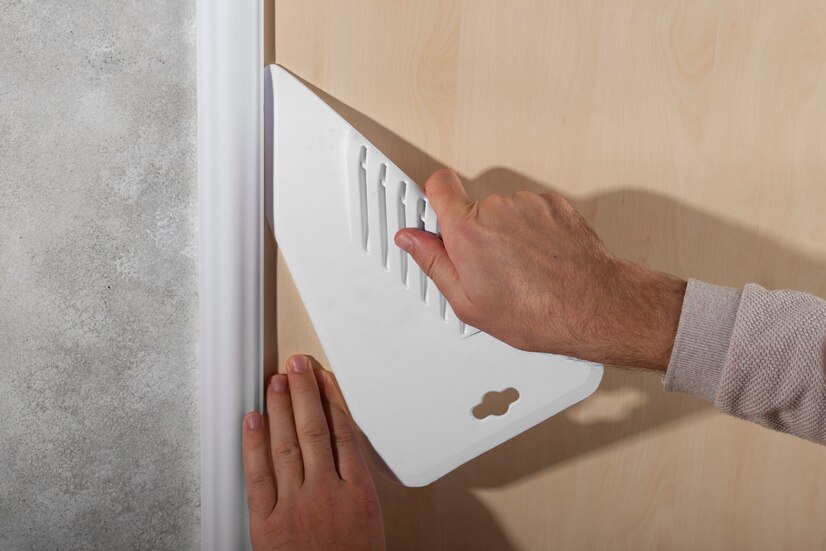Skirting boards, or baseboards, are an essential finishing touch in any modern home. They protect your walls from scuffs and damage and add an elegant visual boundary between the wall and floor, creating a clean and seamless finish. Whether you’re renovating or building a new space, how to install skirting boardscan transform your interior. Here’s a step-by-step guide to help you achieve a seamless look while enjoying the many benefits skirting boards bring to your home.
Benefits of Installing Skirting Boards
Before we get into the installation process, it’s important to consider the reasons why skirting boards are a valuable addition to your home:
Wall Protection
Skirting boards shield your walls from wear and tear caused by furniture, vacuum cleaners, and daily activities. They offer a barrier that keeps your walls pristine for longer.
Enhanced Aesthetics
With a variety of designs, materials, and finishes, skirting boards add a polished and cohesive look to your interiors. They can elevate the appearance of both traditional and contemporary design styles.
Concealing Gaps and Wiring
Skirting boards can hide gaps between the wall and floor, presenting a seamless look. Additionally, they can discreetly cover exposed cables or wiring, maintaining a neat and organized feel.
Flooring Transition
Skirting boards help to bridge the visual gap between walls and different flooring types, ensuring a uniform design across your rooms.
Now that you understand their benefits, it’s time to learn how to install skirting boards to achieve that flawless finish.
How to Install Skirting Boards
Step 1: Measure and Mark
Start by measuring the length of the walls you’ll be fitting skirting boards to. Use a tape measure to get precise dimensions, taking into account any irregularities or obstacles such as doors and corners. Mark the measurements clearly on the skirting boards so you know where to cut.
Step 2: Cut the Boards
Use a miter saw or a miter box and hand saw to cut the skirting boards to the required length. For corners, use a 45-degree angle cut to ensure a snug fit when joining two boards. Always double-check your measurements before cutting to avoid mistakes.
Step 3: Prepare the Wall Surface
Make sure the wall surface beneath the skirting boards is clean and level. Remove any old adhesives, nails, or uneven plaster to ensure the boards sit flat against the wall.
Step 4: Attach the Skirting Boards
There are several methods for attaching skirting boards, depending on your preference and the type of wall. Use adhesive if you want a clean installation without visible nails or screws. Alternatively, secure the boards with nails or screws, ensuring they’re evenly spaced for a professional look. For a seamless finish, countersink the nails or screws and cover the holes with filler.
Step 5: Fill and Sand
Fill any gaps between the skirting boards and the walls using caulk or filler. Smooth over the filler with a damp cloth or your finger for an even finish. Once dry, sand the filled areas to ensure a perfectly even surface.
Step 6: Paint or Finish
Finally, paint or finish the skirting boards to match your interior decor. Opt for a durable, high-quality paint for long-lasting results. Consider a clear varnish to enhance the natural grain if you’ve chosen wooden skirting boards.
In conclusion, installing skirting boards is a simple way to enhance your home’s aesthetics and protect your walls. By following these steps—measuring, cutting, attaching, and finishing—you can achieve a seamless, polished look that adds both style and function to any room.

